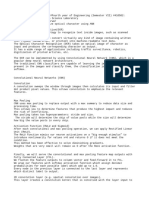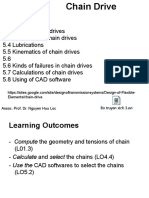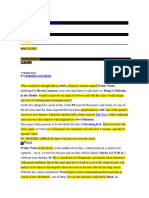0% found this document useful (0 votes)
13 views17 pagesConvnets 2
The document provides an overview of convolutional neural networks (CNNs), detailing the structure and function of convolutional layers, activation functions like ReLU, pooling layers, and fully connected layers. It explains how to combine these layers to process input data, using examples such as the MNIST dataset for digit recognition. Additionally, it includes Python code for implementing a CNN using the Keras library, demonstrating the training and evaluation of the model.
Uploaded by
tingtkangCopyright
© © All Rights Reserved
We take content rights seriously. If you suspect this is your content, claim it here.
Available Formats
Download as PDF, TXT or read online on Scribd
0% found this document useful (0 votes)
13 views17 pagesConvnets 2
The document provides an overview of convolutional neural networks (CNNs), detailing the structure and function of convolutional layers, activation functions like ReLU, pooling layers, and fully connected layers. It explains how to combine these layers to process input data, using examples such as the MNIST dataset for digit recognition. Additionally, it includes Python code for implementing a CNN using the Keras library, demonstrating the training and evaluation of the model.
Uploaded by
tingtkangCopyright
© © All Rights Reserved
We take content rights seriously. If you suspect this is your content, claim it here.
Available Formats
Download as PDF, TXT or read online on Scribd
/ 17



























































































